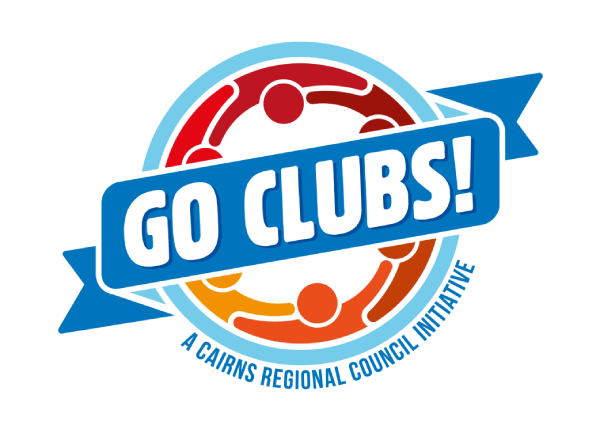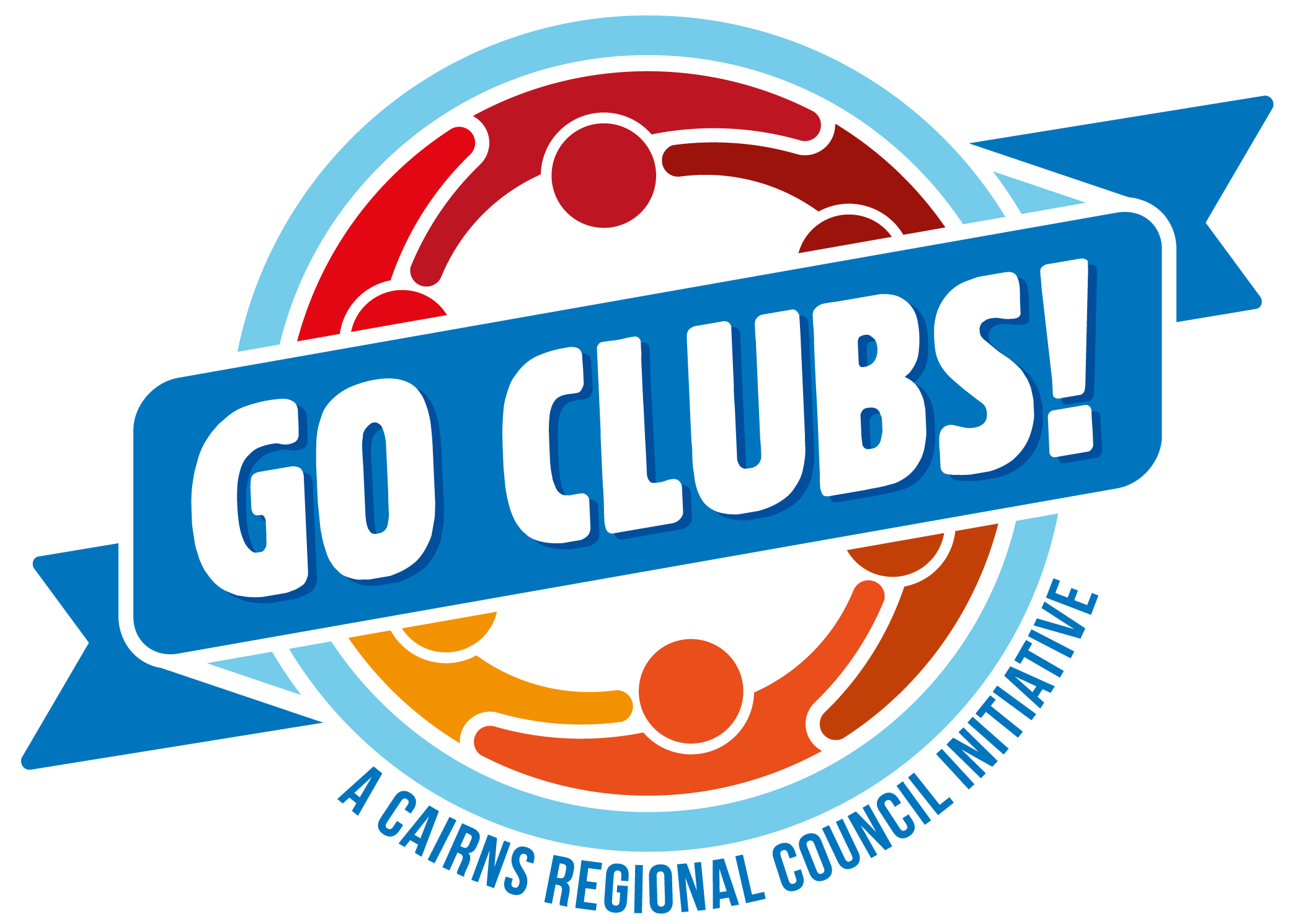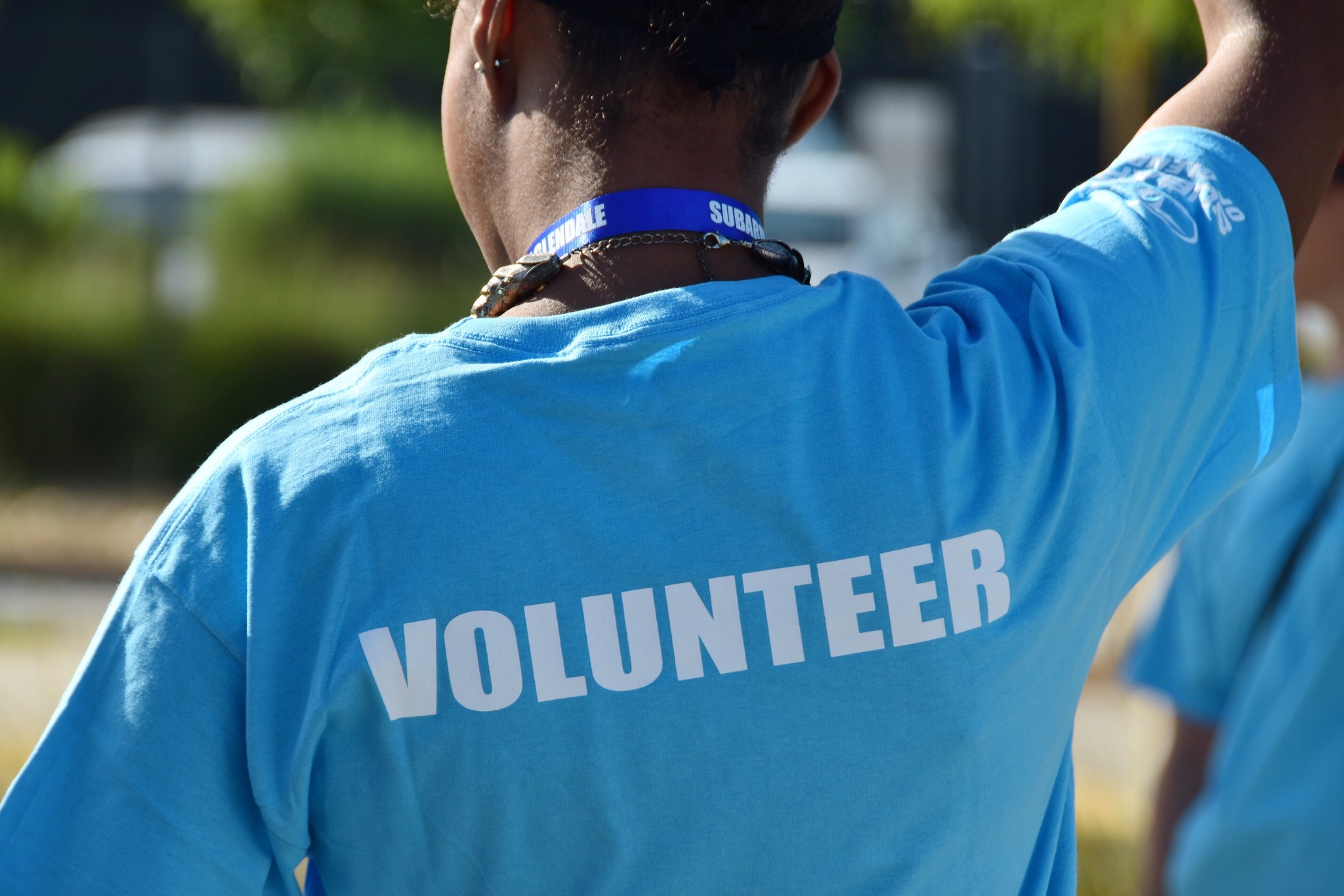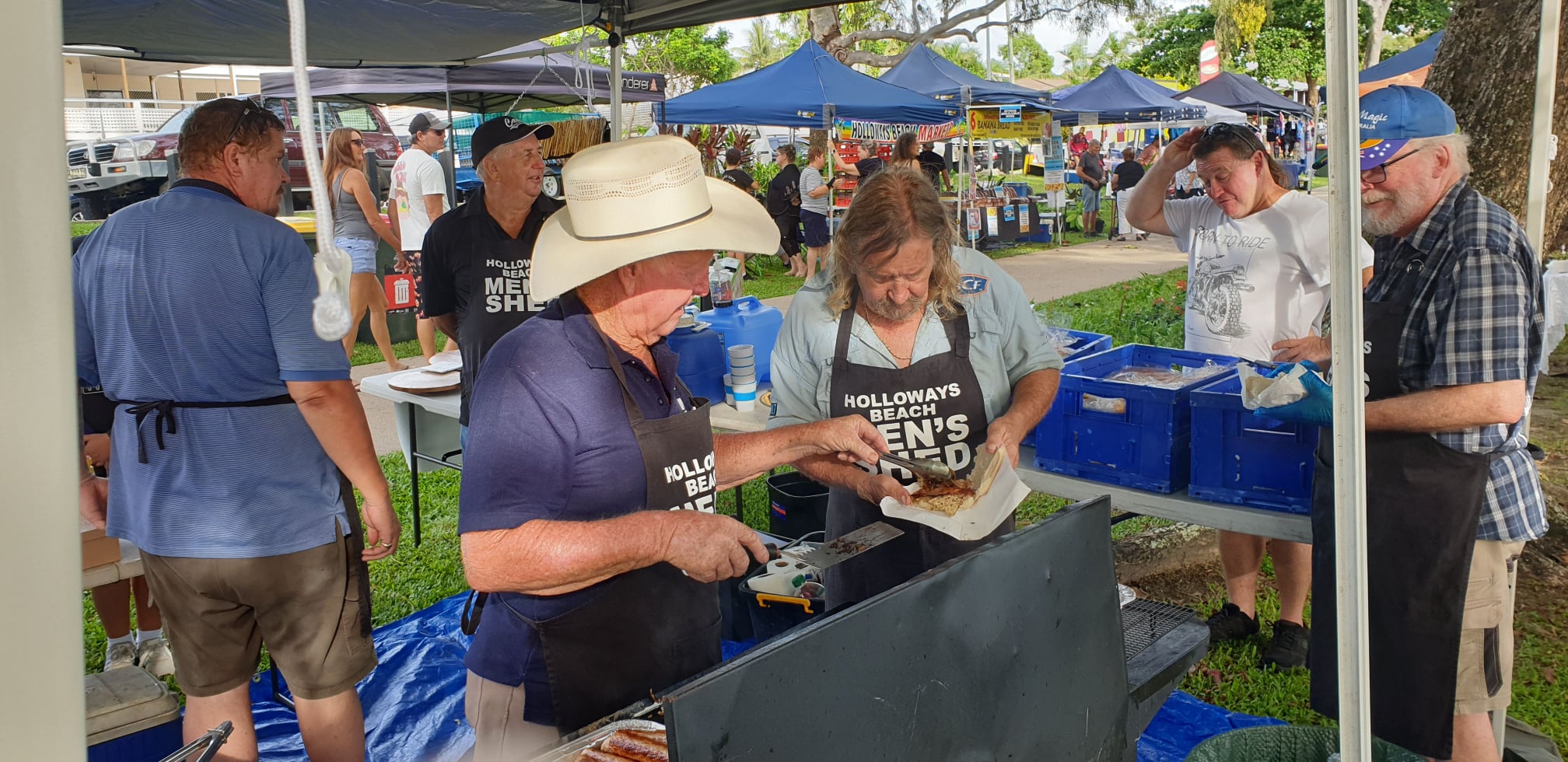Governance
Governance refers to the way a club or community group is managed. Effective governance protects the rights of your members and assists the continued success and growth of your club or community group.
When a group of people get together and decide they want to do something regularly (revegetate a local creek, start a swimming club, start an arts group etc.) as a group, you have the seed of a not-for-profit community club.
At this point, the group are just like-minded people - the group exists, but it hasn’t been incorporated and as such, the group doesn’t have its own legal identity, and it will not have the word ‘Incorporated’, ‘Inc.’, ‘Limited’, or ‘Ltd’ after its name.
Even though the group hasn’t been incorporated, the people in the group might have an understanding between them about how the group operates ― for example, how the group makes decisions, what kind of activities the group engages in and how the group manages its money. The group can continue to operate like this, but there are some limitations.
For example:
- Certain funding bodies don’t offer grants to unincorporated groups.
- If the group wants to lease a room or a building to run activities, one or more of the group’s members will need to sign the lease in their capacity.
- If something goes wrong and the group doesn’t have enough money to pay its debts, its members might have to pay those amounts personally.
As the group grows, it can incorporate or remain an unincorporated organisation. This factsheet provides information to help you decide whether your group should incorporate.
If your group decides to incorporate, your incorporated association is legislatively required to annually report on all activities. This factsheet ( PDF, 0.27 MB ) provides a guide to the legislative requirements of an incorporated association.
For further information on setting up an incorporated association, visit the Queensland Government's website.
Building a strong community club is like building a solid business. Each club will have to decide which committee structure works best for them.
Finding the right people to fill the roles in your committee structure is essential. By clearly outlining the parts, a club increases its potential of filling those roles and the functions being carried out to their total capacity. Our position description templates can assist with defining the roles and can be tailored to a club's needs. An induction (including training) for new volunteers will help retain volunteers.
The management committee is ultimately responsible for managing a club or community group. The committee must understand the principles of good management (often called governance). Developing a management committee that operates well and delivers good results in line with the club’s vision for the future puts the club in an excellent position to thrive. Remember - it is not up to the committee to run the club, it is up to the committee to ensure the club is run well.
Our governance structure template ( PDF, 0.24 MB ) can be tailored to suit your club or community group's needs.
The primary responsibilities of a club’s management committee include the following:
- Develop, review and uphold the club’s constitution.
- Ensure the club operates in a lawful manner.
- Set and implement a documented strategic direction.
- Develop and manage an annual budget.
- Manage the club’s facilities.
- Manage membership.
- Ensure that the club is structured/staffed adequately to have the capacity to undertake its critical operations.
Clubs and community groups will have different needs for their meetings. How often you should meet and who should be there will depend on what matters need to be discussed and what decisions need to be made.
The various types of meetings include:
- General Meetings
- Annual General Meetings
- Management Committee Meetings
Helpful resources:
Volunteers are the lifeblood of local clubs and community groups, but finding and motivating volunteers is becoming increasingly difficult. The Volunteer Management factsheet ( PDF, 0.26 MB ) outlines the challenges of finding volunteers and potential solutions/mechanisms your club can put in place to assist with recruitment.
You can download our Volunteer Coordinator position description ( PDF, 0.17 MB ), Volunteer Management Plan Template ( PDF, 0.21 MB ) and Volunteer Agreement Template ( PDF, 0.08 MB ) to assist your club or community group with formalising the roles of volunteers and assisting with recruitment strategies.
Other helpful resources:
Raising revenue is often crucial to a club’s success, and there are many avenues for clubs and community groups to increase revenue. It is recommended that a fundraising coordinator be created to coordinate fundraising activities for your club. Download our Volunteer Coordinator position description ( PDF, 0.17 MB ) to get started.
There are several ways to generate funds for your club or community group.
Grants
A grant is a sum of money a government or other organisation gives for a particular purpose. More information about preparing for, writing and applying for grants can be found on our grants page.
Fundraising events
Events and activities are a great way to raise funds for your club and to build awareness about the work that your club is pursuing. Activities might be as simple as a sausage sizzle at a local market or more complex such as a community art fair. Both are a great way to raise revenue and engage with the broader community. More information on running an event can be found below.
Membership
Having a solid membership base provides your club with access to volunteers as well as a consistent source of revenue. Firstly, ensuring your club or community group has the correct strategies to increase membership is essential. ClubHelp has some great strategies to increase club or community group membership.
Secondly, it is essential to ensure that your price point for membership is maximised. Clubs and community groups may think that having affordable access to the club or facility is a way of attracting more members. However, if the club does not have adequate revenue streams, the club will suffer and members will become disengaged. Ensure that you are not undercharging for membership by:
- Performing a benchmarking exercise against other similar clubs or community groups.
- If applicable – speak to your governing/peak body for advice.
The Funding Centre has helpful information in the area of membership structures.
Sponsorship
Sponsorship is a mutually beneficial relationship between your club and a sponsor. It is essential to plan for approaching sponsors and be particularly clear about the benefits the sponsor will receive from the partnership.
Types of sponsorship include:
- Contra (In-kind) Sponsorships: where an organisation provides services, personnel or products rather than money in exchange for a benefit from the group. For example, a local apparel store may provide free uniforms for an event in exchange for facility advertising.
- Pre-Packaged Sponsorships: different levels (e.g. levels 1, 2 and 3) of predetermined benefits that are the same for different sponsors that purchase the same package.
- Custom Designed Packages: specific ‘customer specific’ elements that help a particular sponsor achieve their specific marketing goals.
Download our sponsorship proposal template to get started!
Other helpful resources
Note – outward-facing sponsorship signage requires a permit.
A strategic plan provides your club or community group with a road map to help achieve your goals and overall vision. It sets out a series of priorities and measurable objectives for the immediate future and the strategies by which these goals will be achieved and resourced.
Planning is crucial as it enables a club to:
- Become proactive rather than reactive - to clarify the club's purpose and direction.
- Assist with longevity, financial stability, innovation and general success.
- Set clear goals and objectives.
- Manage volunteers.
- Undertake infrastructure projects.
- Improve overall operations.
- Improve financial performance and use resources effectively.
- Increase awareness of operating environment (competitors, government policy, threats).
- Develop teamwork off the field.
Without adequate planning, your club or community group will:
- Tend to function on a random ad hoc basis.
- Get stuck in the day-to-day running of the club.
- Never seem to have time to anticipate tomorrow's problems.
- Not create conditions to deal effectively with the future.
Useful resources
Events and activities are a great way to build community awareness about your club. Activities might be as simple as a sausage sizzle at a local market or more complex such as a community festival. Both are a great way to raise revenue and engage with the broader community.
Events that engage the greater community may be a candidate for financial assistance through Council’s Community Partnerships Grant.
The following resources will assist with the planning/implementation of your event:
Depending on the scale and location of your event, specific permits may be required (note – speak to our licensing and approvals team for further event-specific information on 1300 692 247).
Permits may include:
Download this Event Management Plan Template ( PDF, 0.44 MB ) to help plan your next event.
Clubs and community groups need to positively represent the local community. Given Cairns has a diverse mix of people with different attributes and backgrounds (ie race, ethnicity, gender, age, disability, sexual orientation, and religion), club memberships should reflect this diversity. To attract a diverse range of community members, clubs must build on inclusiveness.
But what is inclusion? - Inclusion is pro-active behaviours, options and actions to make people from all backgrounds, ages and abilities feel welcome and respected and that they belong at your club. Inclusiveness is about following best practices for your club's activities so everyone can get the most out of it.
The benefits of inclusion include:
- Enhance your brand and reputation.
- Ensure consistency in ‘walking the walk’ to meet your strategic objectives.
- Increase governance and risk management and decrease potential legal risks.
- Increase membership.
- Increase pathway and participation opportunities.
- Increase sponsorship opportunities.
- Increase public support and volunteer base.
- Ensure more significant publicity and a positive public image.
- Provide a better connected and diverse community.
- Greater access to grants.
- Break down barriers and promote social inclusion.
One way to advance diversity and inclusion in your club is by using the 7 Pillars of Inclusion resources developed by Play by the Rules.
The following areas provide resources with information on inclusive practices relevant to groups that may face barriers to accessing your club:
Disability
Multicultural
Women and Gender Equality
First Peoples
LGBTIQ+
Seniors
General information
All clubs face a certain amount of risk, and managing these risks successfully will create a healthy environment to thrive.
Risk can be:
- Physical - injury or damage to a person/s or property.
- Legal - breaching legal obligations.
- Moral/ethical - harm to your club's reputation.
- Financial - loss of your assets.
Examples of risk include:
- Injury to a volunteer, staff member, spectator or participant.
- Equipment failure.
- Theft of property.
- Loss of data/records.
- Decline in the number of volunteers.
- Loss of income sources.
- Attracting too many participants to an event.
- Discrimination or harassment.
- Negative publicity.
- Damage to the environment.
Community Door provides information on identifying and managing risk.
Once your risks have been identified, a risk management process must be implemented. The following resources can assist:





